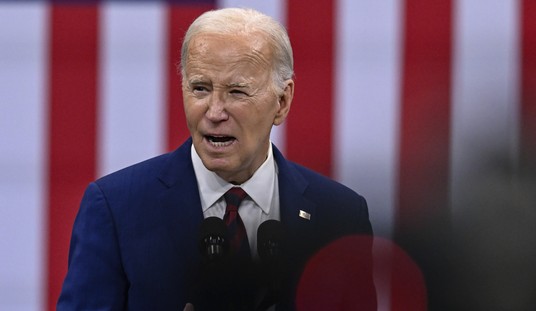When Congress passed the Anti-Drug Abuse Act in 1986, proponents boasted that stiff mandatory minimum sentences would be bad news for major drug traffickers. Ha. Over time, drug kingpins learned that they had little to fear from the law -- especially if they were dealing crack cocaine. The federal law institutionalized a 100-to-1 crack/powder cocaine sentencing disparity by mandating a five-year minimum term for 5 grams of crack -- the weight of less than two sugar packets -- or for 500 grams of powder cocaine.
Then-Sen. Barack Obama campaigned against the disparity in 2008, as it resulted in longer sentences for black offenders than white offenders. In 2006, more than four out of five of those prosecuted on federal crack charges were black. White offenders accounted for fewer than 1 in 10 crack offenders. The ratio for powder cocaine offenders, however, was 27 percent black, 14 percent white and 58 percent Latino.

Department of Justice Criminal Division chief Lanny Breuer testified against the disparity before a Senate subcommittee last week. As Breuer noted, the crack law doesn't target major traffickers; 55 percent of federal crack offenders were street-level dealers in 2005, while 7.3 percent of powder offenders were street-level dealers.
As a congressional staffer, Eric Sterling helped write the 1986 law. Now the president of the Criminal Justice Policy Foundation, Sterling told me that when the law "first passed, no one said this is an anti-black law. Many members of the Congressional Black Caucus voted for the law. They saw the crack epidemic as a plague on inner-city black communities."
But over time, the disparity between the time served by white and black offenders alienated the black community. Asa Hutchinson, Drug Enforcement Administration chief under President George W. Bush, also testified against the 100-to-1 disparity. A former federal prosecutor, Hutchison observed that the law meted out a five-year sentence for 10 to 50 doses of crack, or 2,500 to 5,000 doses of powder cocaine. He sees "a disparate racial impact" that undermines "the integrity of our criminal justice system."
Recommended
The law also mandated a 10-year minimum sentence for 50 grams of crack -- or 100 to 250 doses -- or 5,000 grams of powder. The status quo isn't tough on drug kingpins -- it's hell on their minions.
The U.S. Sentencing Commission recommended equal sentences in 1995. Washington did nothing. Some drug warriors said they would support equalization only if powder sentences were raised to crack levels -- which would have given drug lords more cause for celebration.
Kudos to Obama for working for needed balance. But he can do more. Former U.S. Pardon Attorneys Margaret Colgate Love and John Stanish recommended in the National Law Journal that Obama apply "a few judicious grants of clemency to crack defendants who have served many years in prison and have been recommended for release by the prosecutor or the sentencing judge." Or he could choose to commute the sentences of first-time nonviolent offenders serving draconian time.
Obama could start with Clarence Aaron, who, in 1992 at the age of 23, was arrested for hooking up two drug dealers. He had no criminal record. He had no record of violence. He made $1,500. But because the professional dealers, men with long criminal histories, knew enough to "snitch" on Aaron, they were sentenced to less time in prison than Aaron. All but one of those six dealers were released from prison years ago, while Aaron is serving life without parole for a first-time nonviolent drug offense. Only Obama can free him.
On his PardonPower.com blog, political science professor P.S. Ruckman Jr. wrote last month that Obama "is already among the nation's slowest presidents" when it comes to granting a pardon. "… In a matter of weeks, his administration will be a mere generic extension of the Clinton/Bush era of clemency controversy and neglect."
Now that's not change -- where change is most needed.

























Join the conversation as a VIP Member